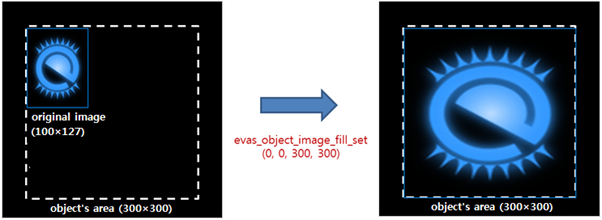

In fact, if better viewing of the surgical target can be achieved through well-planned patient positioning and surgical approach, optimal illumination and magnification depend only on the visualization device. Many companies on the international market compete to find solutions with the greatest impact in terms of both aesthetics and functionality, and, especially in medicine, of efficacy and outcomes.Belykh makes it very clear how, to lead towards the goal of better outcomes, there is the need for improved illumination, optimal stereoscopic visualization of the details of small structures in hidden areas, in particular through minimally invasive approaches, as well as for a technology allowing smooth, rapid, and well-controlled movements. Smaller fragments of tumor could be detected at the 100 mg dose and thus more suitable for intraoperative imaging. Conclusions: Panitumumab-IRDye800 provided excellent tumor contrast and was safe at both doses. Intraoperative fluorescence improved optical contrast in tumor tissue within and beyond the T1 contrast-enhancing margin, with contrast-to-noise ratios of 9.5 ± 2.1 and 3.6 ± 1.1, respectively. Cellular delivery of panitumumab-IRDye800 was correlated to EGFR overexpression and compromised blood-brain barrier in HGG, while normal brain tissue showed minimal fluorescence. In tissue sections, panitumumab-IRDye800 was highly sensitive (95%) and specific (96%) for pathology confirmed tumor containing tissue. Tumor fragments as small as 5 mg could be detected ex vivo and detection threshold was dose dependent. Results: No adverse events were attributed to panitumumab-IRDye800. Fluorescence was correlated with preoperative T1 contrast, tumor size, EGFR expression and other biomarkers. Near-infrared fluorescence imaging was performed intraoperatively and ex vivo, to identify the optimal tumor-to-background ratio by comparing mean fluorescence intensities of tumor and histologically uninvolved tissue. Methods: Eleven patients with contrast-enhancing HGGs were systemically infused with panitumumab-IRDye800 at a low (50 mg) or high (100 mg) dose 1-5 days before surgery. We evaluated the safety and feasibility of an anti-EGFR antibody, panitumuab-IRDye800, at subtherapeutic doses as an imaging agent for HGG. The epidermal growth factor receptor (EGFR) is a highly expressed HGG biomarker. The extent of resection predicts overall survival, but current neuroimaging approaches lack tumor specificity. Rationale: First-line therapy for high-grade gliomas (HGGs) includes maximal safe surgical resection. With the increasing number and complexity of functions, surgeons should receive additional training in order to avail themselves of the advantages of the numerous novel features. New operational modes also allow significant impact for anatomy instruction. New robotic movements positively assist the surgeon and provide improved ergonomics and a greater level of intraoperative comfort, with the potential to increase the viewing quality. Improvements of the robotic visualization platform include intraoperative fluorescence visualization using FNa, integrated micro-inspection tool, improved ocular imaging clarity, and exoscopic mode. We present illustrative cases highlighting utility and new ways to control the operative microscope. Endoscopic assistance was used for around-the-corner views in minimally invasive approaches. 3D exoscopic function was successfully used in brain tumor and spine cases.

Pivot point control was particularly useful in deep surgical corridors with dynamic retraction. Point lock and pivot point functions were used in dissections to create 3D virtual reality microsurgical anatomy demonstrations. Near-infrared indocyanine green imaging 3-step replay allowed for more convenient accurate assessment of blood flow. PpIX visualization was comparable to the previous microscope.

The robotic microscope showed higher sensitivity for fluorescein sodium, higher detail in non-fluorescent background, and recorded/presented pictures with color quality similar to observation through the oculars. Usability and functionality were tested in the operating room over 1 year. In a neurosurgery research laboratory, we performed anatomical dissections and assessed robotic, exoscopic, endoscopic, fluorescence functionality. We assessed a new robotic visualization platform with novel user-control features and compared its performance to the previous model of operative microscope.


 0 kommentar(er)
0 kommentar(er)
